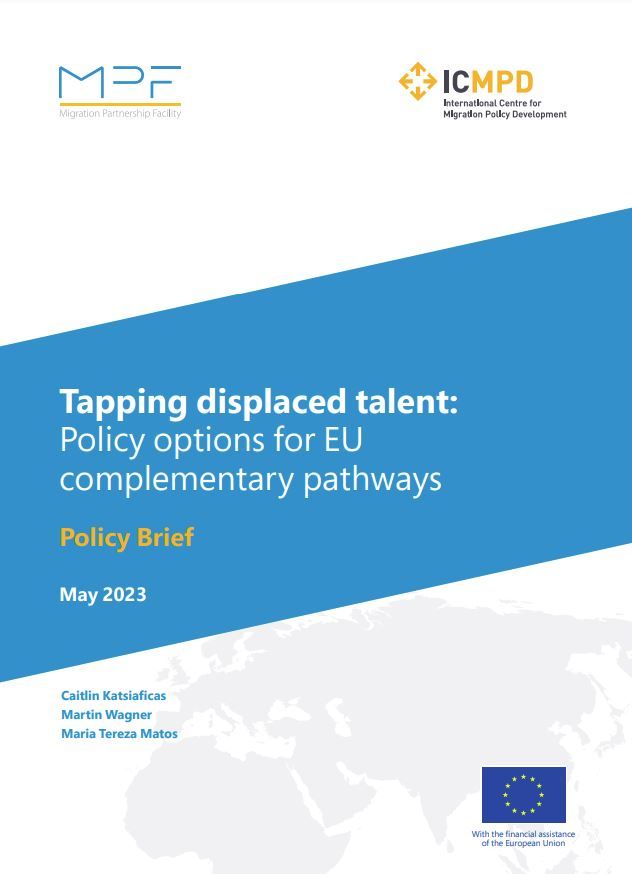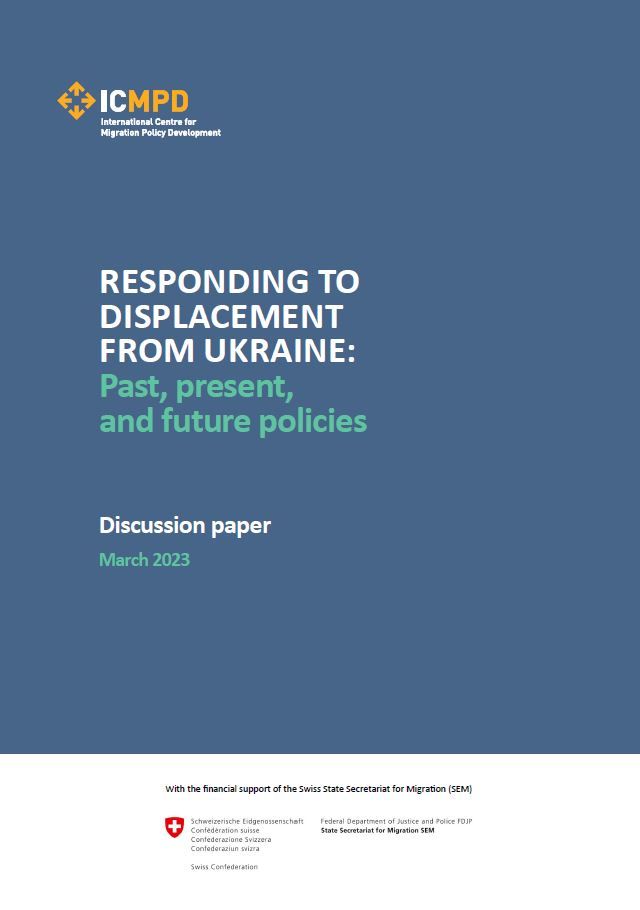The talent that refugees possess is often overlooked in policy and public discussions. Skills-based policies such as complementary labour pathways, which facilitate refugee labour mobility, can bring tangible benefits for refugees, receiving employers and economies, and countries of first asylum. This policy brief, based on desk research and interviews with dozens of stakeholders, shares policy options for expanding complementary labour pathways in the EU.
Released 04.09.2023
The EU Temporary Protection Directive (TPD) has now been activated for 18 months, providing immediate assistance to millions who fled the war in Ukraine. While it has been praised for its success, uncertainty remains about what will happen once it ends. Discussions have put forth ideas ranging from EU-wide approaches to individual national solutions. The urgency of this matter, however, has yet to fully resonate with policymakers and commentators, even as we reach the halfway point of the directive’s maximum duration. Just 18 months remain to forge a plan for what will come after.
Released 12.06.2023
Within the EU, there are growing concerns about the ever-increasing numbers of displaced persons globally on the one hand, and the ever-increasing need for workers in all sectors on the other. While displacement and labour shortages are treated as separate policy areas, their potential solutions might be well connected. Complementary labour pathways are a promising solution for both challenges, and the EU Talent Pool could support their expansion in Europe if accompanying measures help it to meaningfully include displaced persons and support employers.
Released 01.03.2023
In March 2025 at the latest, temporary protection for people fleeing Ukraine comes to an end. Determining what comes next is a complex process in which host countries must navigate multiple policy options, practical considerations, and political and economic interests. There is no time to waste in developing a coordinated approach, particularly due to the large number of people concerned, the range of countries involved, and the prospect of necessary legislative changes.




